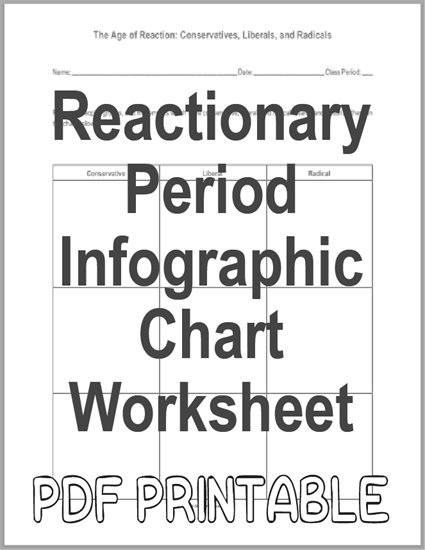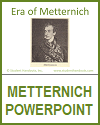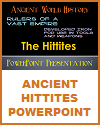Students complete this table graph, identifying and describing leading groups and figures who fit each political ideology. Click here to print (PDF file).
In nineteenth-century Europe, during the Age of Reaction, conservatives, liberals, and radicals represented distinct political ideologies and visions for society. Conservatives, often members of the aristocracy and clergy, sought to preserve traditional institutions, monarchies, and social hierarchies. They were resistant to rapid change and revolution, advocating for a return to pre-Napoleonic stability and order.
Liberals, typically from the middle class, championed individual freedoms, constitutional governments, and economic progress. They supported parliamentary systems, civil rights, and free-market economies, seeking gradual reforms rather than outright revolution.
Radicals, including socialists and republicans, pushed for more profound and immediate changes. They aimed to overhaul existing political and social systems, often advocating for universal suffrage, the abolition of monarchies, and the establishment of republics or socialist states. Radicals were more willing to endorse revolutionary means to achieve their goals.
These ideological divides shaped the political landscape of Europe, influencing uprisings, revolutions, and reforms throughout the century.
|













